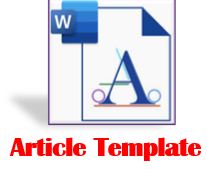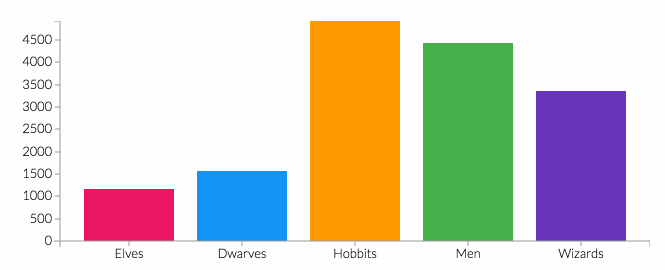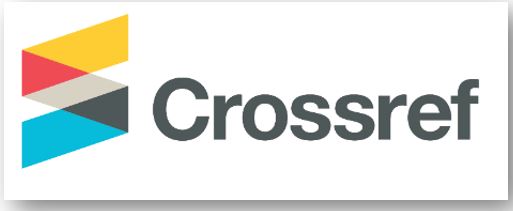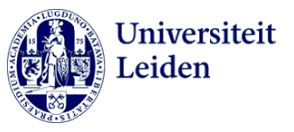-
WRITING GUIDE
1. The main title of the manuscript, typed in bold, Capitalize Each Word, Times New Roman 14
2. The abstract is written in Times New Roman 11, 1.15 spacing, contains a brief description of the purpose of the service, the methods used, findings and results obtained and conclusions. The pressure for writing abstracts is mainly on research results. Abstracts are written in Indonesian and English. The maximum number of words in the abstract is 250 words.
3. Introduction.
The contents of the introduction are typed in Times New Roman font, 11 pt font size, and 1.5 spacing. The number of article pages is 7-10 pages excluding bibliography. The minimum number of references is 15, 70% of which are taken from journals/articles published in the last 5 years, the rest from other references. For journal references, the source link DOI and other links can be included. For foreign terms, type them in italics. Citations use the American Psychological Association (APA) style. The introduction contains the background in carrying out community service. Disclosure of background is based on the emergence of problems that occur. Disclosure of problems can be explained and supported by the goals expected from community service.Tables and Figures
All tables and figures must be clear/not blurry/obscure. The size of the letters in tables and figures must be easily read by the normal eye. The position of tables or page images should be located at the top or bottom of the page in each column. Examples can be seen in table 1 or figure 1. Placing tables or figures in the middle of the page or paragraph is avoided.
Table Writing
The table number and title are written in the middle position of the column (center alignment). Tables are numbered with Latin numbers according to their order. The table title is written at the top. It is not permitted to bold table titles. The line spacing used between the table and the sentences above and below it is 1 (one) empty line. Tables must use a layout according to Table 1 without using straight/vertical lines. Each table must be referred to in writing accompanied by the table number and starting with a capital letter
Image Inclusion
The image number and title are written in the center position of the column (center alignment). Image numbers are written in sequence using Latin numerals. The image title is written at the bottom of the image in title case, except for conjunctions and prepositions. Images must not exceed the margin limit of each column, unless the size of a large image is not enough in 1 column, then it can cross 2 columns.
4. Method
Describes the place and time in which community service is carried out. The place of service is described from the start of the implementation of the service, while the time of implementation is described in the initial sequence of activities. The target audience describes the target object being addressed, who and how the target object actually is in community service. Describe the target objects involved in service, how the relationship and involvement in service are. Service methods include the ABCD, PAR, Comdev, CBR, Base Community methods or other methods that describe approaches to community service
5. Results and Discussion
Describes the sequence of activities from start to finish of mentoring activities so that success can be obtained from a service. The mentoring approach can be reflected in starting preliminary activities, building communication with the community, forming assisted group activities, implementing the mentoring, evaluating the implementation of the mentoring and the results of the mentoring. In explaining mentoring activities, it can be presented in the form of activity tables, activity schedules, activity flow, involvement of assisted objects, activity pictures, conditions of assistance, potential profile of assistance, and results of assistance.
6. Conclusion
The conclusions presented concern the final conclusions of the activities during the mentoring activities. The conclusion is not a repetition of the results and discussions but provides a comprehensive overview of the results of community service assistance
7. Acknowledgments
The conclusions presented in this framework concern the final conclusions of activities during mentoring activities. The conclusion is not a repetition of the results and discussions but provides a comprehensive overview of the results of community service assistance
8. Bibliography, using the American Psychological Association (APA) style
Author Guidelines

















